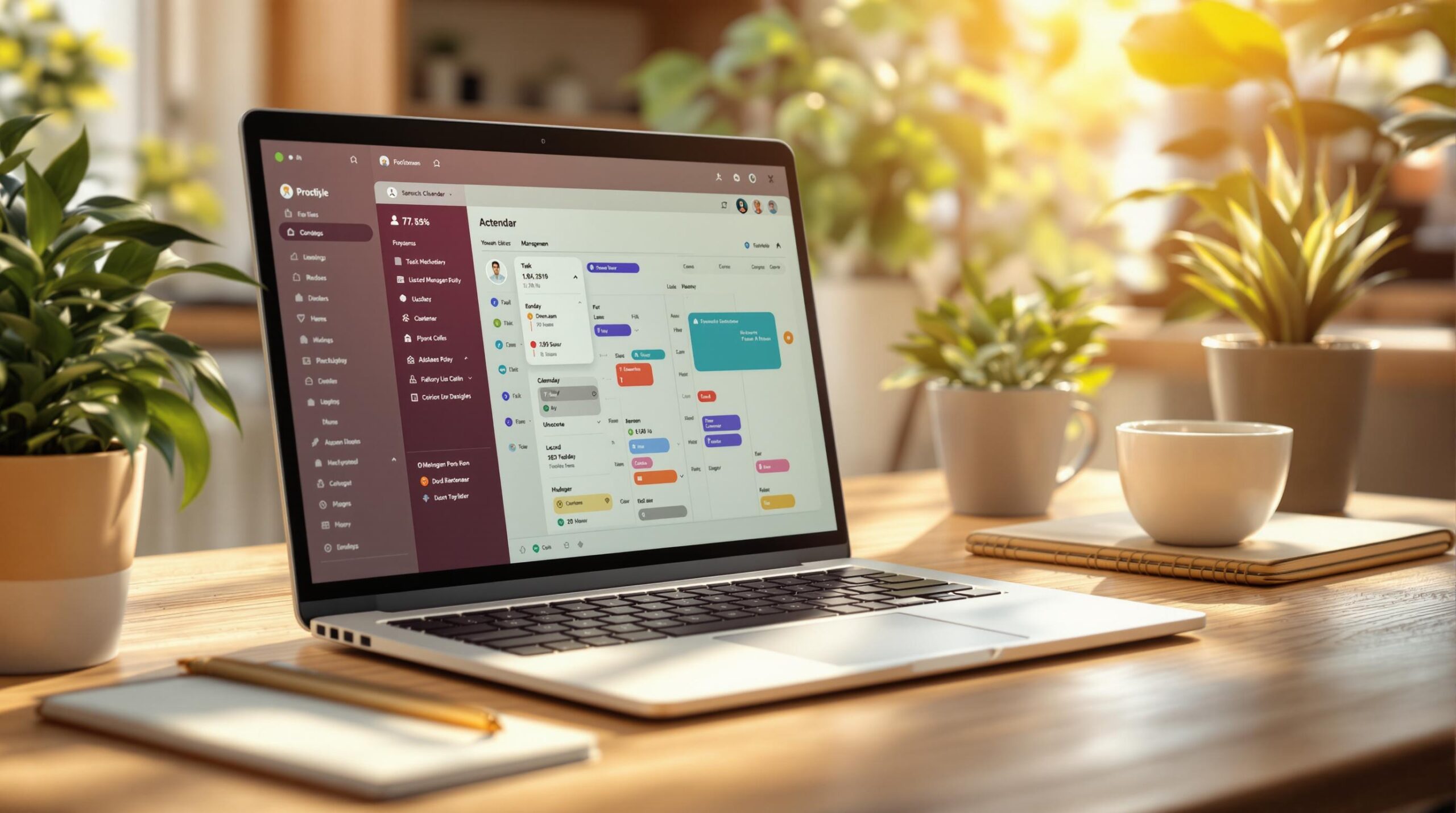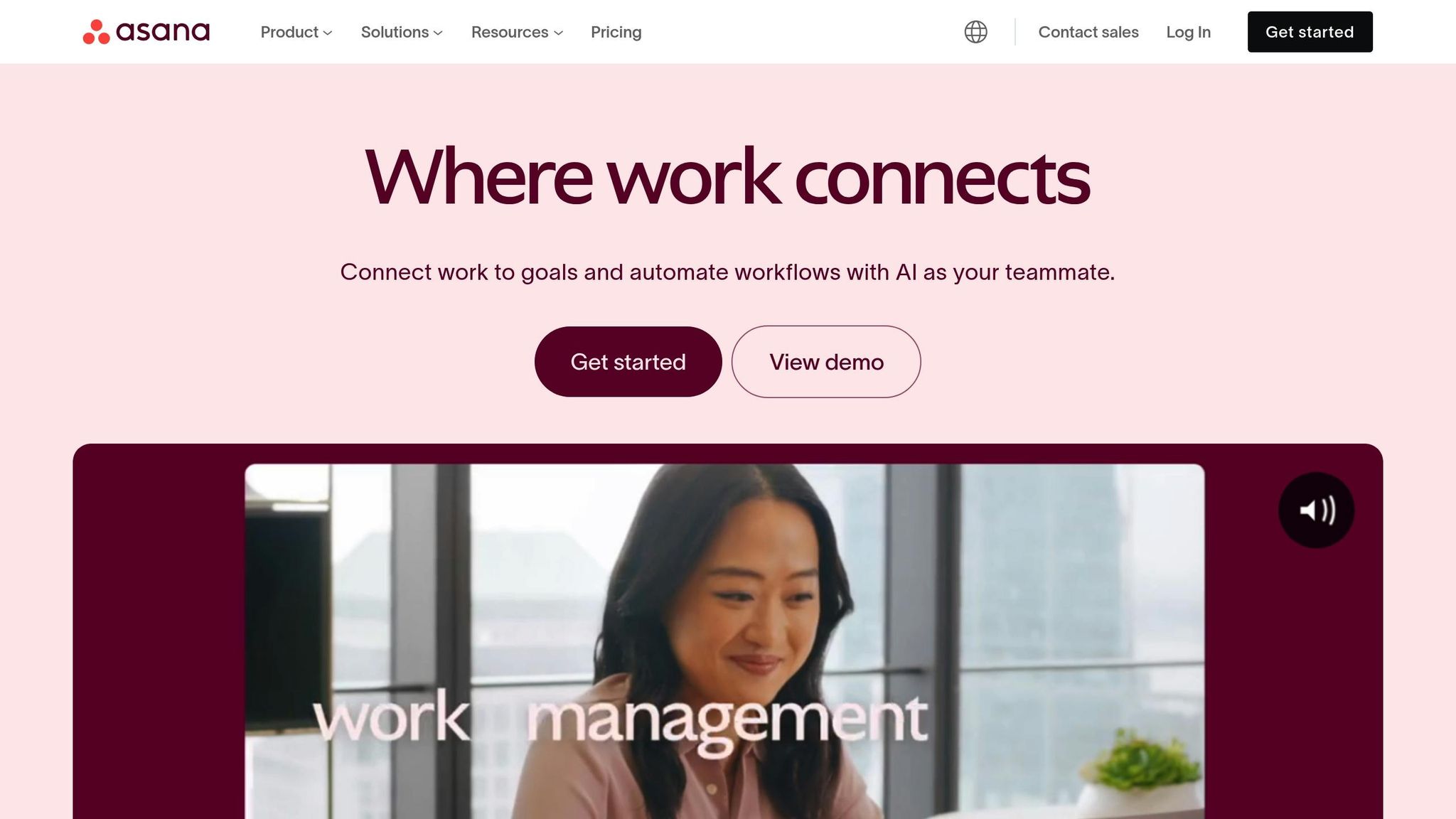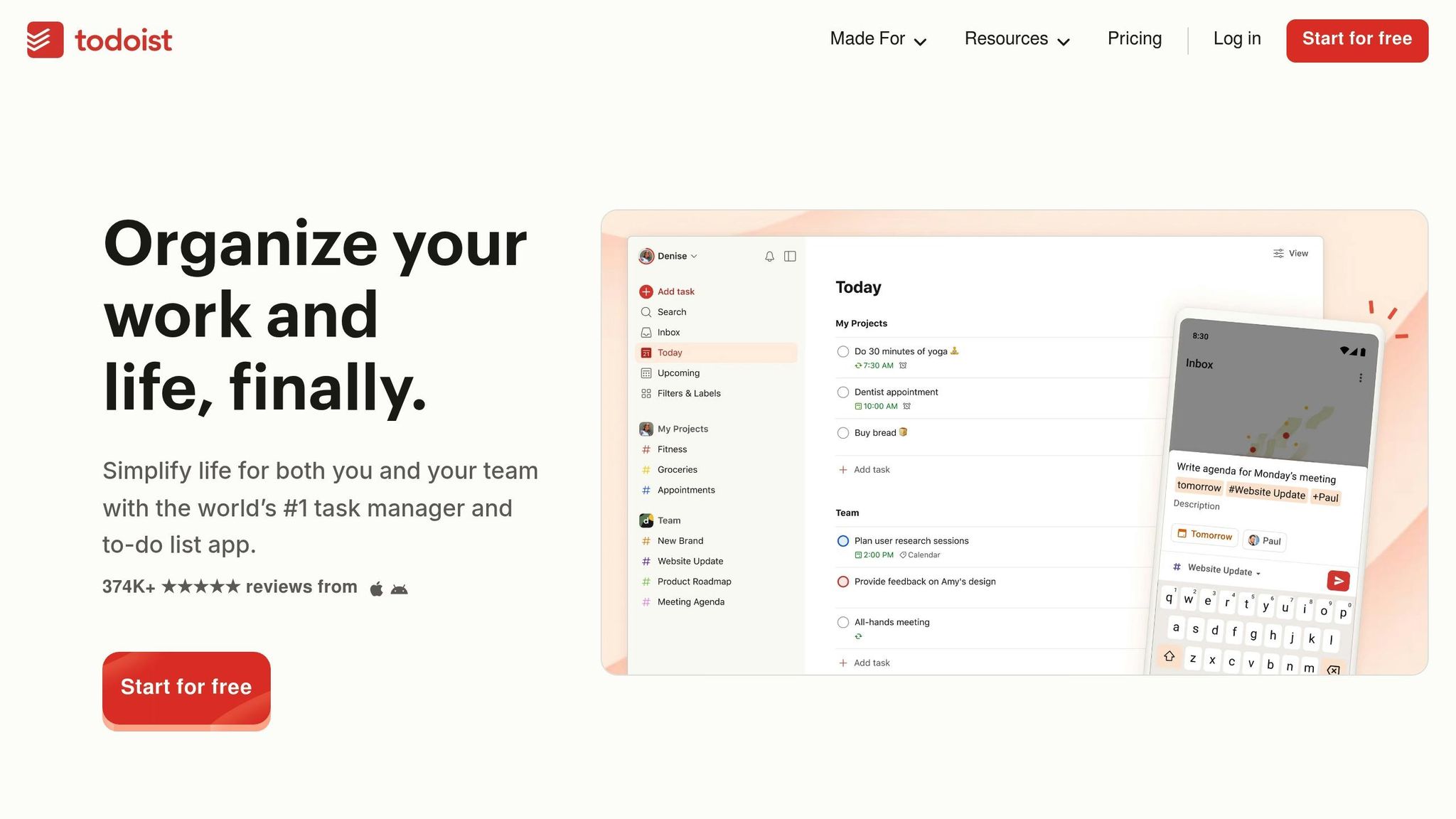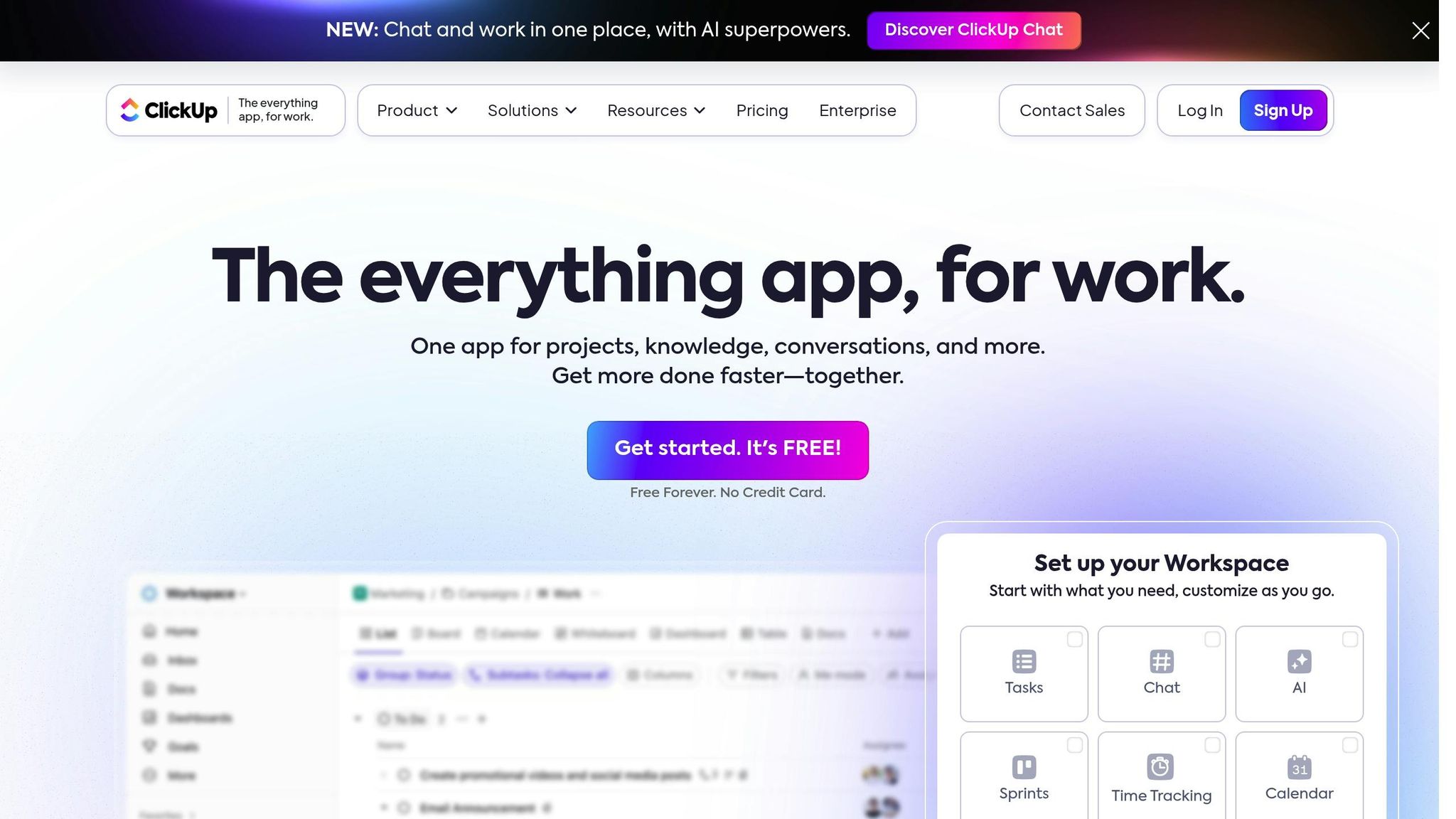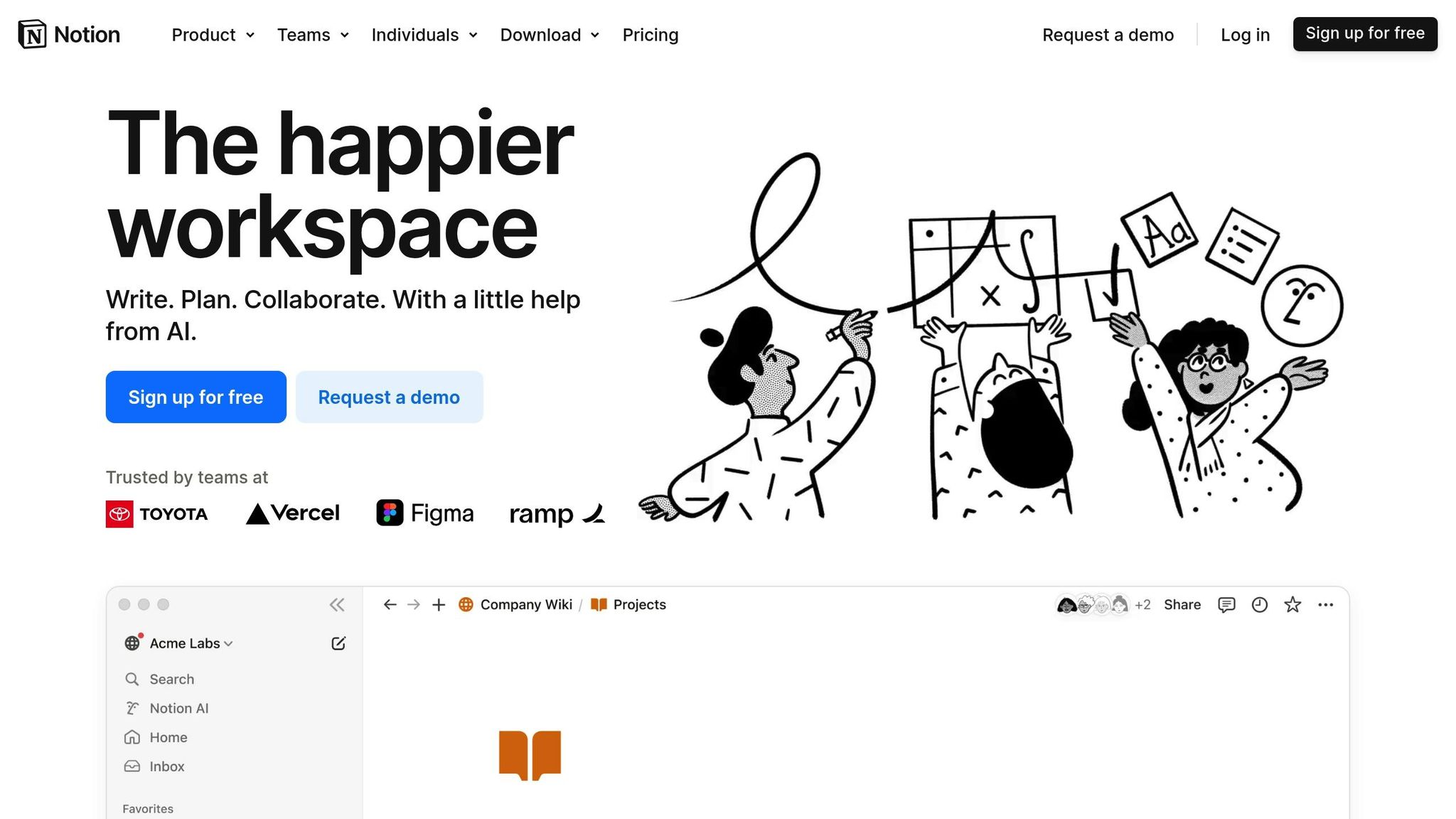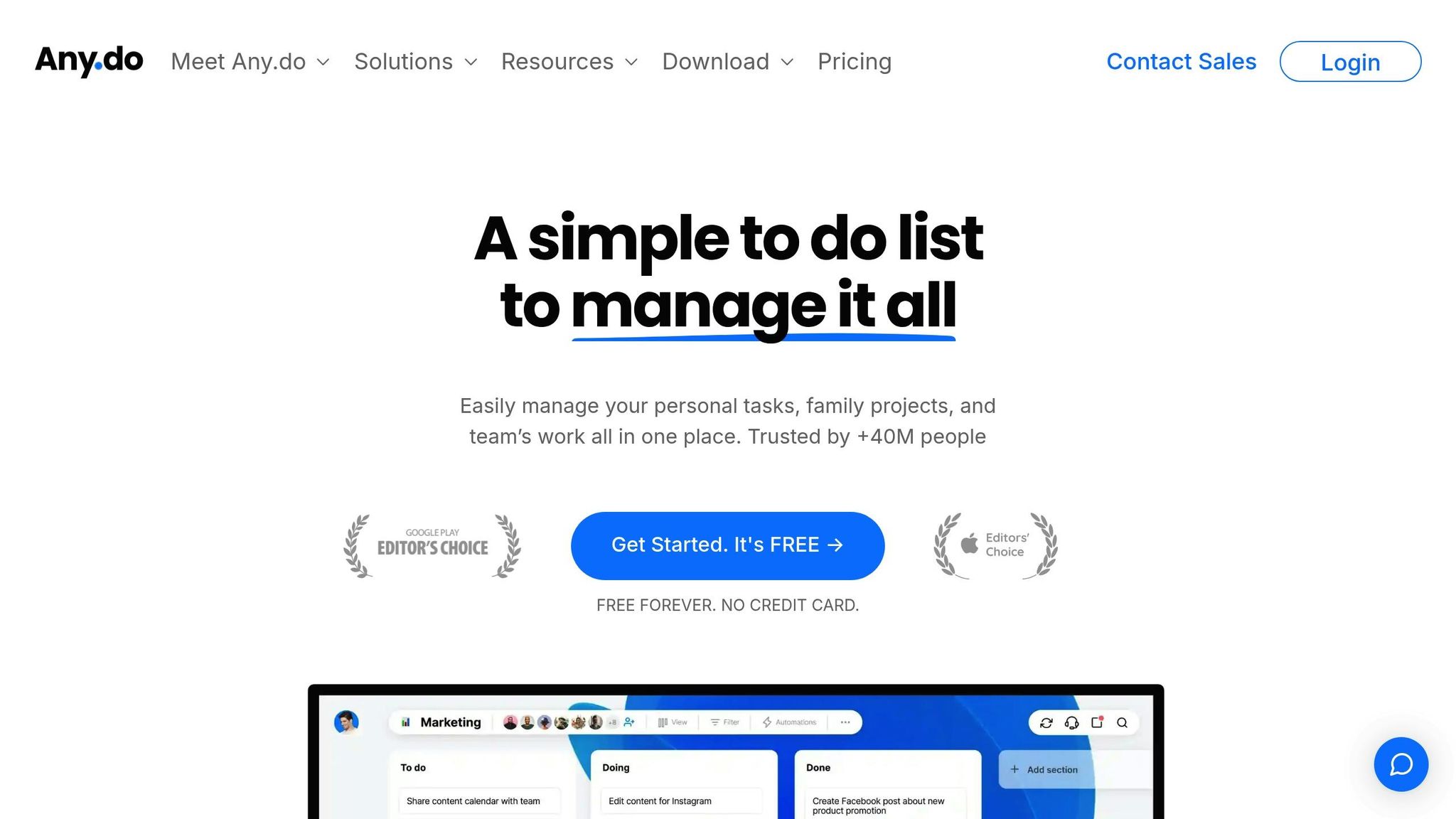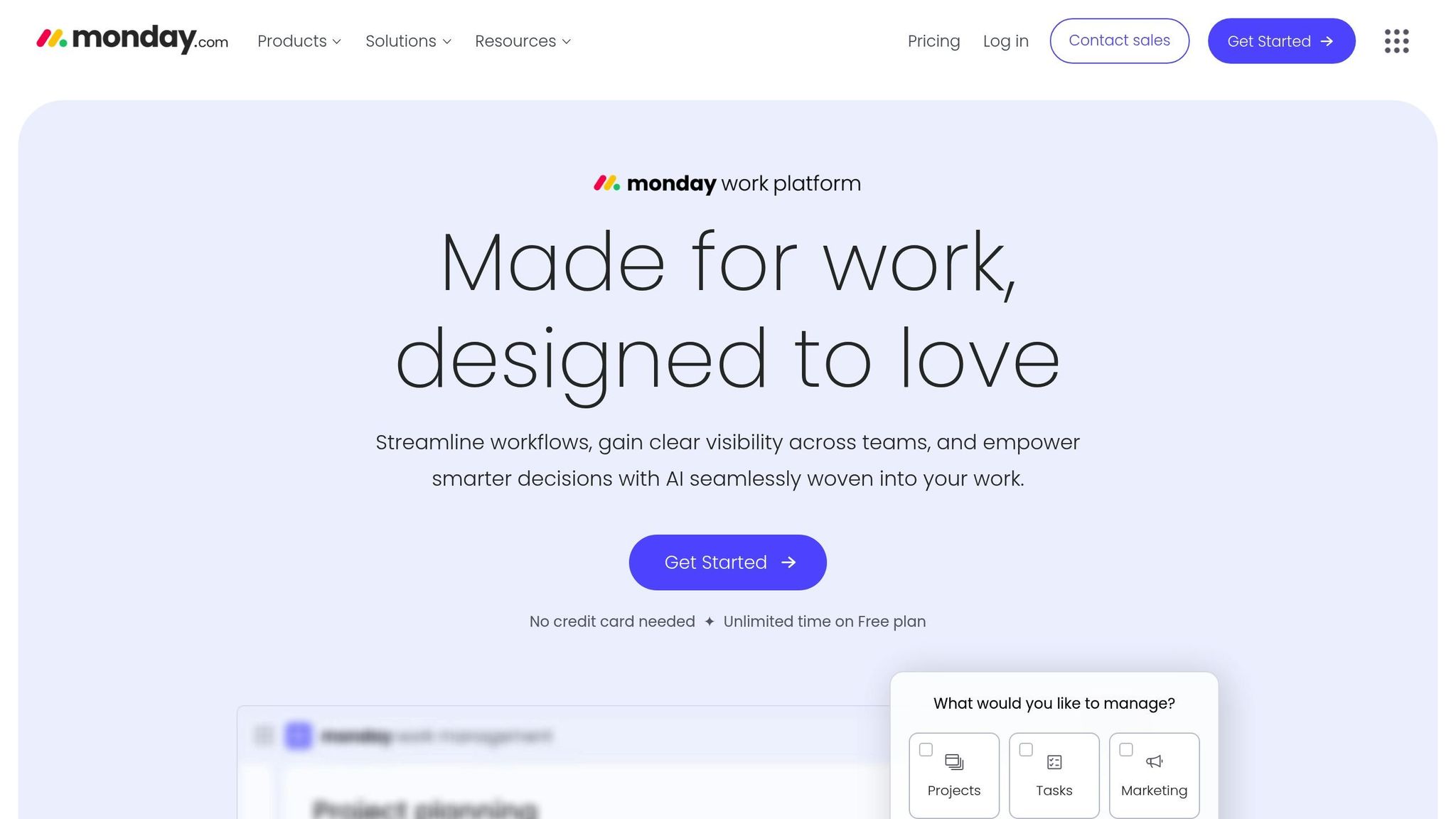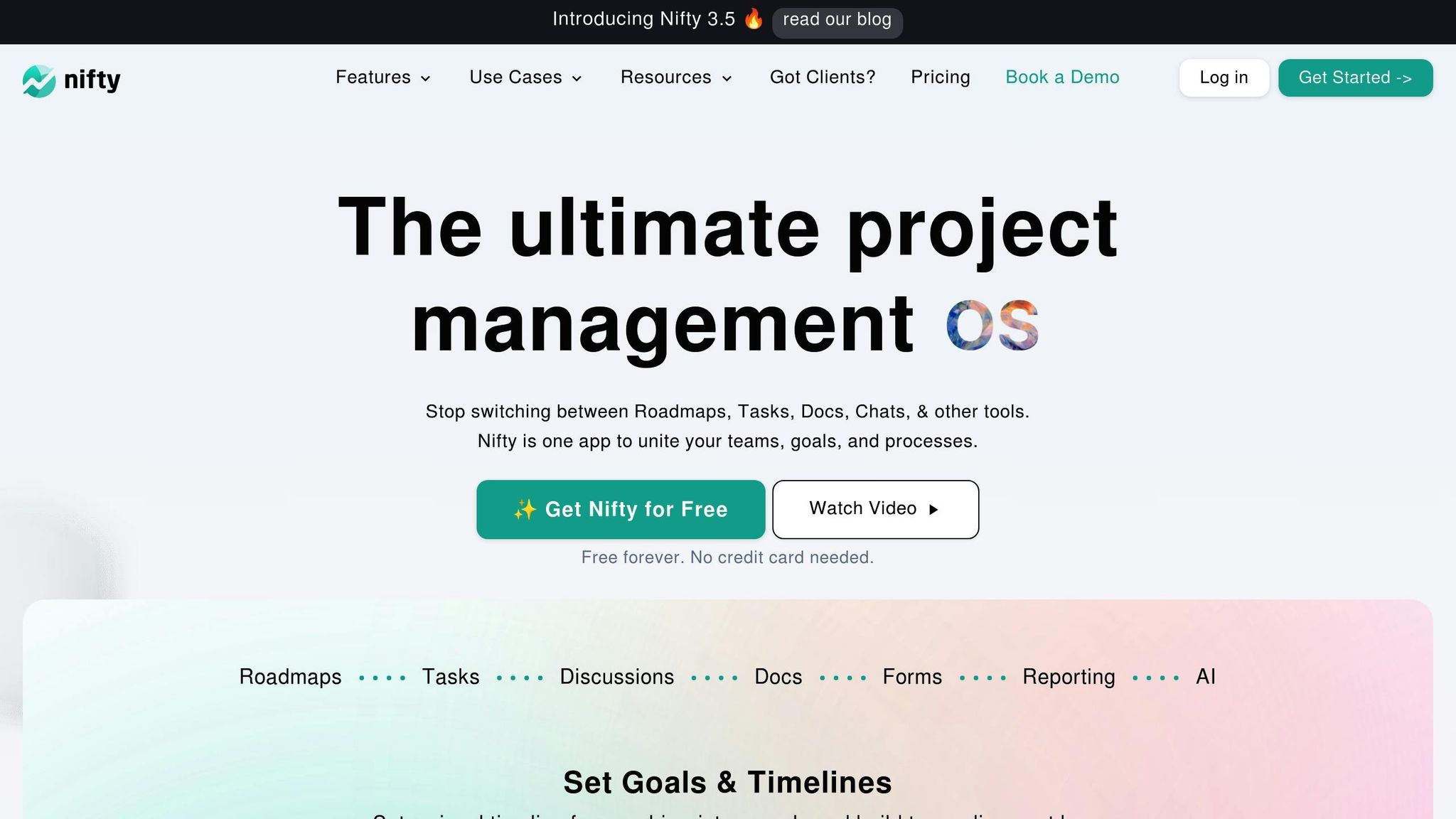Creating Effective Polls: A Complete Guide Polls are an effective way to get feedback, opinions, and insights from your audience. Whether you work as a community leader, educator, or marketer, knowing how to make good polls can greatly improve your decision-making and engagement. The fundamentals of creating a successful poll will be covered in this article, from identifying your target audience to evaluating the findings and modifying subsequent surveys. Knowing who your audience is is essential before you even consider making a poll. You can adapt your format and questions to the tastes and requirements of your audience by being aware of who they are. First, take into account demographics like age, location, hobbies, and work experience.
Key Takeaways
- Understanding your audience is crucial for creating effective polls
- Choose the right poll type based on the information you want to gather
- Customize the look and feel of your poll to match your brand or website
- Add custom questions to gather specific insights from your audience
- Set up advanced options such as scheduling, multiple responses, and more for a tailored polling experience
- Integrate your poll with your website or platform for seamless user experience
- Analyze and report the results to gain valuable insights
- Use the results to make adjustments for future polls and improve your polling strategy
This knowledge will assist you in creating inquiries that appeal to them & promote involvement. You should also think about how your audience will interact with the survey. The complexity of your questions can be ascertained by assessing their level of familiarity with your subject matter, whether they are devoted brand followers or casual website visitors.
You can ask more complex questions, for example, if your audience is knowledgeable about a particular subject. On the other hand, easier questions might encourage greater participation if they are new. Selecting the appropriate poll type comes next after you have a firm grasp of your target audience.
Multiple-choice, rating scale, open-ended, and yes/no questions are among the formats that are available. Each kind can provide unique insights & fulfill distinct functions. For instance, open-ended questions allow for more nuanced answers, while multiple-choice questions are great for measuring preferences and opinions. Perhaps the best way to measure satisfaction levels is with a rating scale. Choose a survey type that supports your objectives by taking into account the type of data you hope to gather.
Also, consider the impact that the format you choose will have on participation rates; higher engagement is frequently the result of simpler formats. The way your poll looks can have a big impact on how many people participate. A well-crafted poll not only grabs attention but also motivates users to participate. Create layouts, colors, & typefaces that complement your brand identity first.
Design consistency fosters audience recognition and trust. Also, when creating your poll, take user experience into account. Make certain that it is user-friendly and responsive to mobile devices. Users may be discouraged from finishing the survey if the layout is cluttered or unclear.
To ensure a seamless process for participants, use clear instructions and user-friendly design elements. Keep in mind that they are more likely to offer insightful feedback if you make it simple for them to participate. Adding custom questions can increase the efficacy of your poll, even though standard questions can yield insightful information. You can explore particular topics of interest or concern that are particular to your audience or organization by using custom questions.
Create questions that reflect your goals by considering what extra information would be helpful. Make sure your custom questions are succinct and easy to understand. Steer clear of technical terms or jargon that could confuse responders. Moreover, think about incorporating conditional logic into your surveys, which implies that specific inquiries will only be shown in response to prior responses. By offering a customized experience, this method not only increases the poll’s relevance but also maintains participant engagement.
Think about implementing sophisticated features that can improve data collection and analysis in order to optimize the efficacy of your surveys. While time constraints can generate a sense of urgency that may boost response rates, features like anonymous responses can also encourage participants to be honest. Also, you may want to look into branching logic options, which let you guide respondents to different questions depending on their prior responses. This guarantees that you collect more pertinent information based on each participant’s experience or viewpoint in addition to making the survey more interesting.
Incorporate features like follow-ups or reminders for users who might not finish the survey on their first visit. The Best Position for the Most Visibility. When your poll is ready, it’s time to properly incorporate it into your platform or website. Your poll’s positioning is very important; it should be noticeable without being obtrusive.
If your audience is most active on social media, think about sharing it there or embedding it in high-traffic sections of your website. Integrated seamlessly for a seamless user experience. Make sure the process of integration runs smoothly and doesn’t interfere with your site’s user experience. To make sure it works and is compatible, test the poll on various hardware & browser combinations.
Monitoring Engagement Indicators to Make Future Advancements. Also, think about tracking engagement metrics like completion rates and drop-off points with analytics tools. Future polls will benefit greatly from this data.
The next step after gathering responses is to analyze the information to derive valuable insights. Start by arranging the data so that it is simple to understand; this may entail visualizing the information with charts or graphs. In order to gain a better understanding of the preferences or concerns of your audience, look for trends or patterns that show up in the responses. When reporting results, think about adjusting the way the findings are presented to suit the needs of your audience. Reports with in-depth analysis may be suitable for internal stakeholders, but external audiences may favor a more succinct synopsis that highlights the most important conclusions.
No matter how you present the results, make sure they are understandable and useful so that they can guide future choices. Using the knowledge gathered from analysis to modify subsequent surveys is the last phase in creating successful surveys. Consider what went well & what didn’t; this may entail modifying the poll’s length, question formats, or even marketing strategies.
Take into account asking respondents for their opinions on the poll itself. This can give you important information about how to increase participation in subsequent iterations. You’ll be in a better position to design surveys that connect with your audience and provide useful insights if you keep improving your strategy in light of both quantitative & qualitative input.
To summarize, creating successful polls necessitates a careful process that includes knowing your audience, selecting the best format, personalizing design components, adding pertinent questions, establishing sophisticated options, integrating with platforms seamlessly, carefully examining the results, and making well-informed adjustments for subsequent initiatives. You can use surveys to meaningfully engage your audience & collect data that helps you make well-informed decisions if you carefully follow these steps.
If you’re looking to customize your poll for planning a group event, you may also find the article 7 Simple Steps to Plan a Group Event Without Stress helpful. This article provides valuable tips on how to organize a successful group event without feeling overwhelmed. It complements the customization options discussed in the main article by offering practical advice on event planning.
FAQs
What are the different ways to customize a poll?
There are several ways to customize a poll, including changing the design and layout, adding custom questions, setting up conditional logic, and integrating with other tools and platforms.
How can I change the design and layout of my poll?
You can change the design and layout of your poll by selecting different themes, colors, fonts, and styles. Many poll creation tools also allow you to add custom images and logos to further customize the look of your poll.
Can I add custom questions to my poll?
Yes, you can add custom questions to your poll to gather specific information from your audience. This can include multiple choice questions, open-ended questions, rating scales, and more.
What is conditional logic and how can I use it to customize my poll?
Conditional logic allows you to show or hide certain questions or answer choices based on how respondents answer previous questions. This can help you create a more personalized and relevant poll experience for your audience.
How can I integrate my poll with other tools and platforms?
Many poll creation tools offer integrations with other tools and platforms, such as email marketing software, CRM systems, and social media platforms. This allows you to seamlessly incorporate your poll into your existing workflows and marketing efforts.





